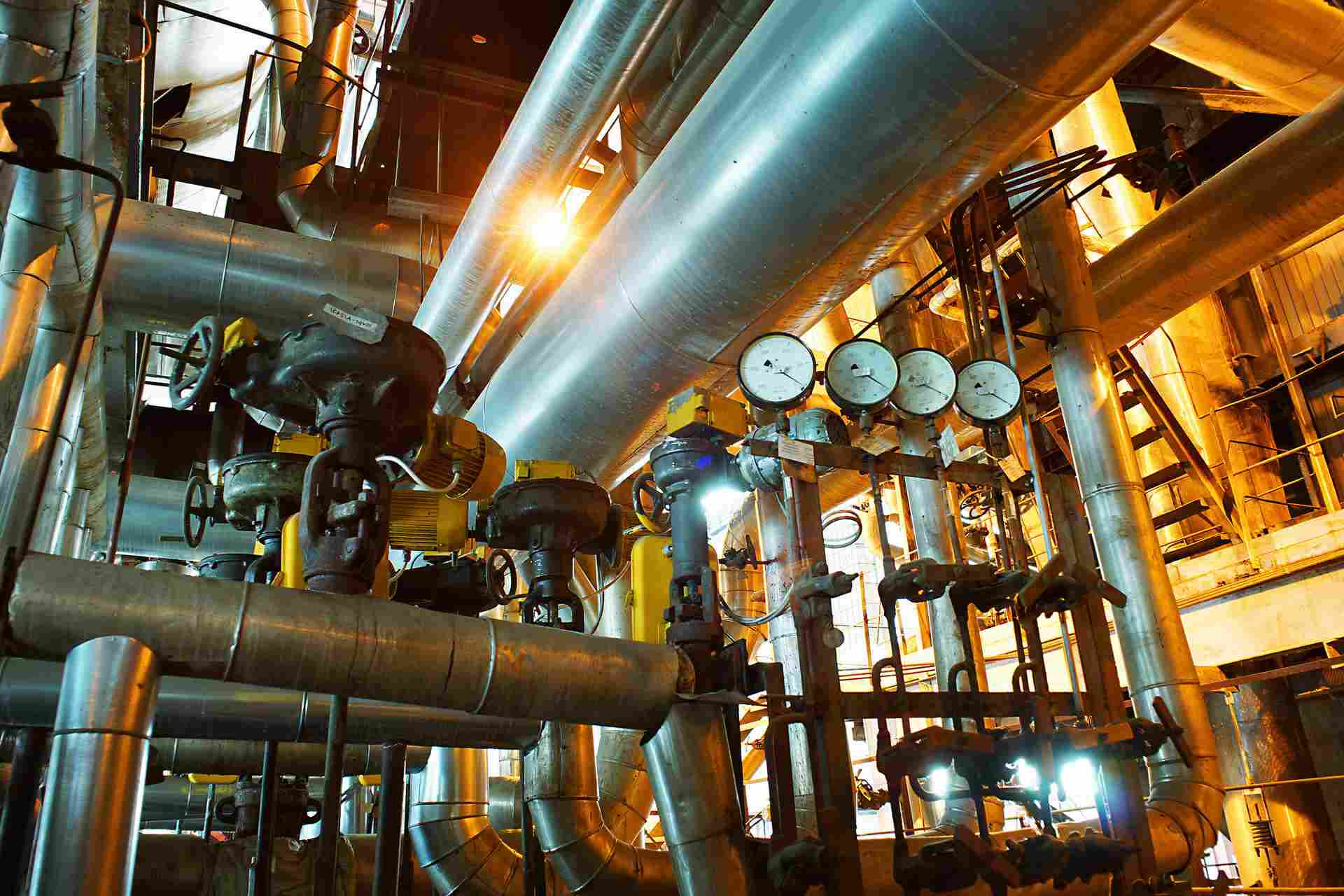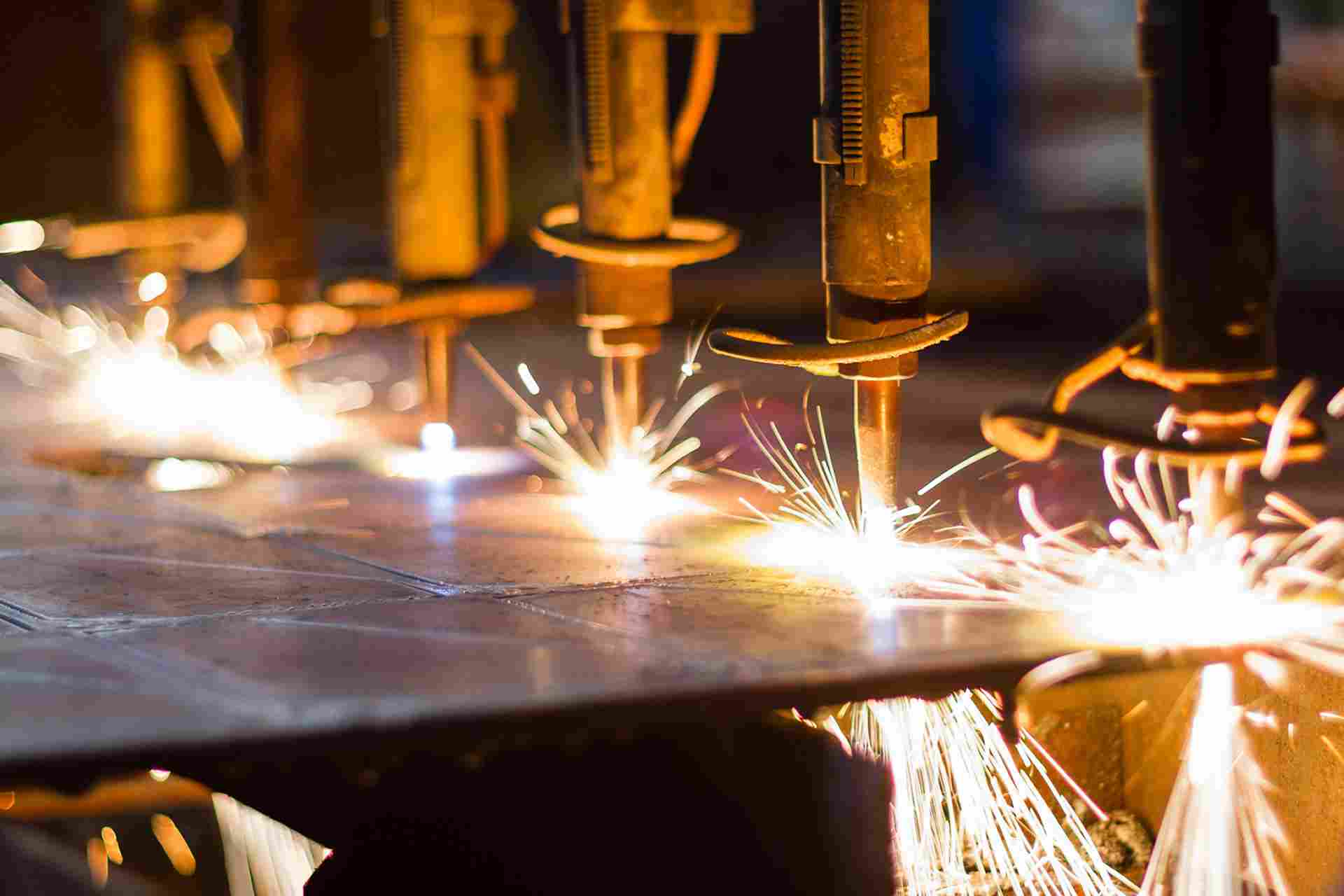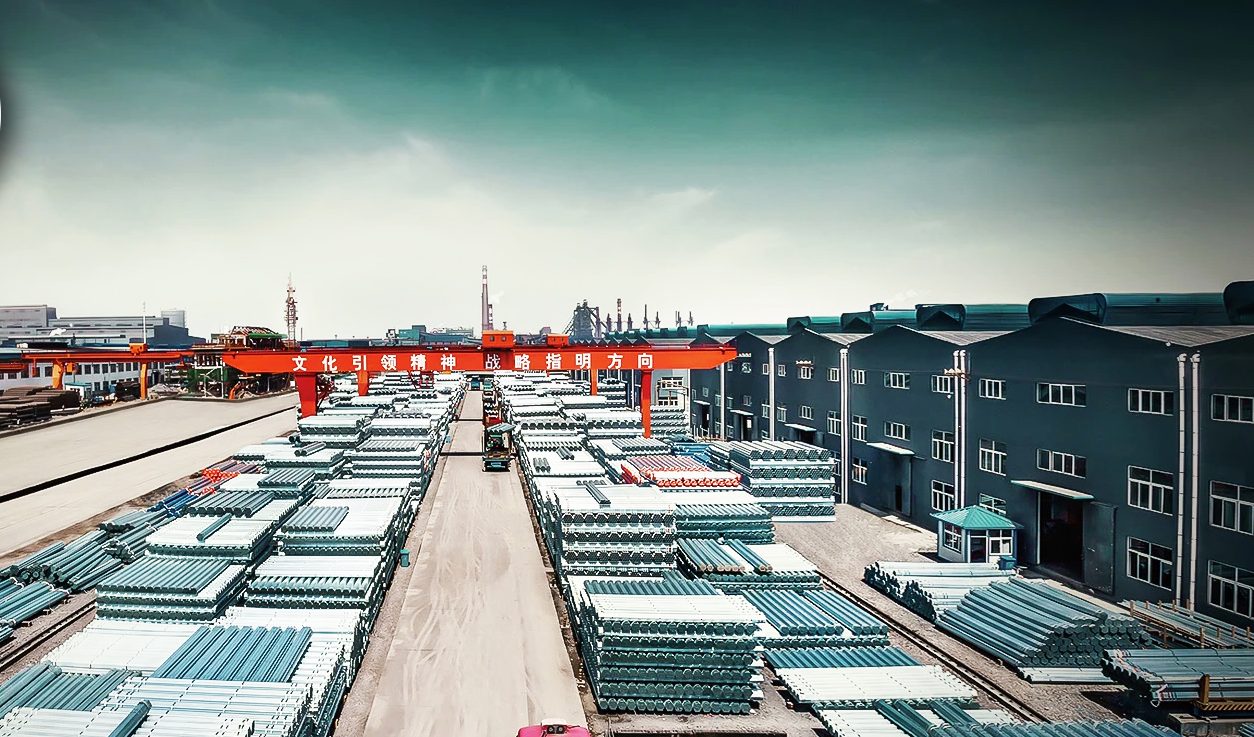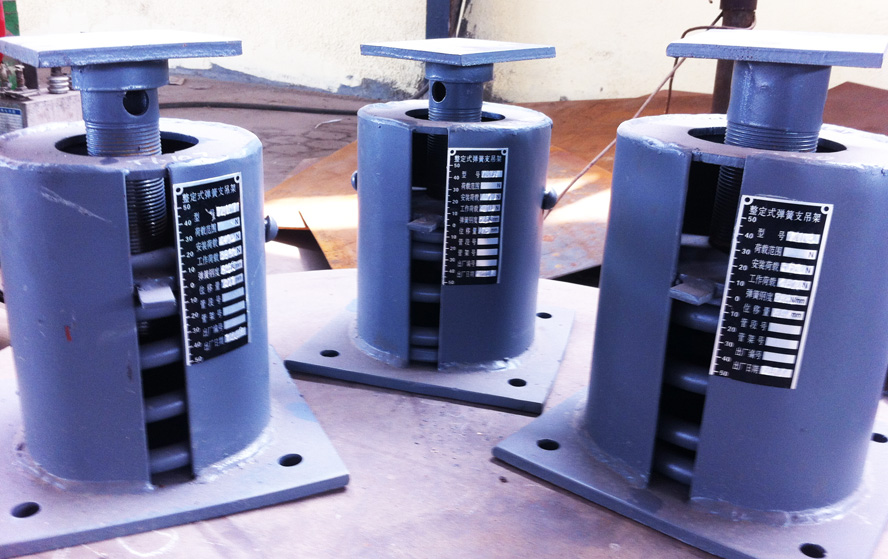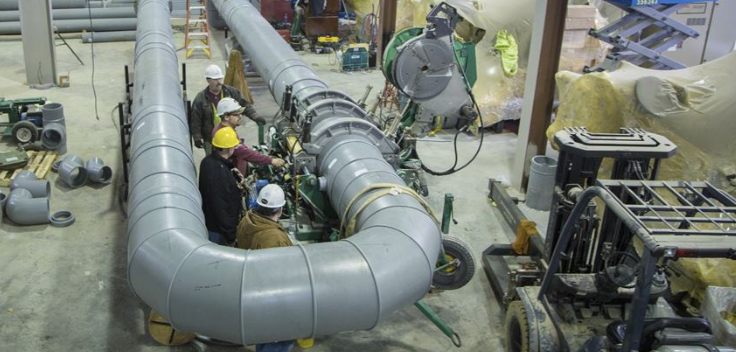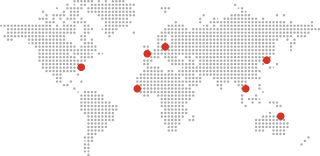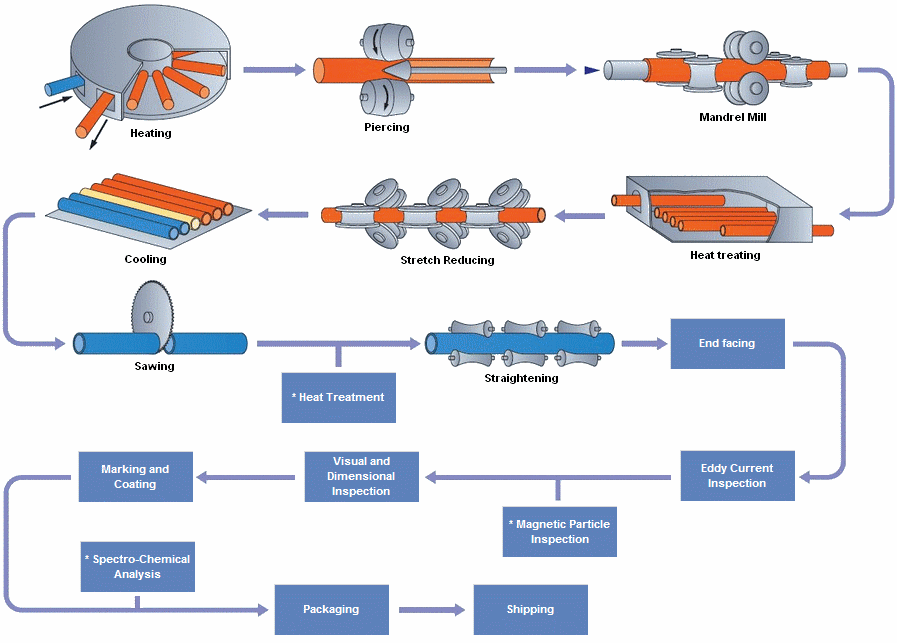
Ống thép và quy trình sản xuất
Giới thiệu
Sự ra đời của công nghệ nhà máy lăn và sự phát triển của nó trong nửa đầu thế kỷ XIX cũng được báo trước trong sản xuất công nghiệp của ống và ống. Ban đầu, dải cuộn được hình thành thành một mặt cắt hình tròn bằng cách sắp xếp phễu hoặc cuộn, và sau đó mông hoặc vòng hàn trong cùng một cái nóng (Quá trình hàn giả).
Đến cuối thế kỷ, Các quy trình khác nhau đã có sẵn để sản xuất ống và ống liền mạch, với khối lượng sản xuất tăng nhanh trong một khoảng thời gian tương đối ngắn. Mặc dù áp dụng các quy trình hàn khác, Sự phát triển liên tục và cải thiện hơn nữa các kỹ thuật liền mạch dẫn đến ống hàn gần như bị đẩy ra khỏi thị trường, với kết quả là ống và ống liền mạch đã thống trị cho đến khi Thế chiến thứ hai.
Trong giai đoạn tiếp theo, Kết quả nghiên cứu về công nghệ hàn đã dẫn đến sự lộn ngược trong vận may của ống hàn, với công việc phát triển đang phát triển xảy ra và lan truyền rộng rãi nhiều quy trình hàn ống. Hiện nay, Khoảng hai phần ba sản xuất ống thép trên thế giới được tính bằng các quy trình hàn. Của con số này, Tuy nhiên, Khoảng một phần tư có hình thức được gọi là đường ống có đường kính lớn ở các phạm vi kích thước bên ngoài các loại có khả năng kinh tế trong sản xuất ống và ống liền mạch.
Vì các ống thép được chế tạo? (Nhận xét của Đức)

Bình luận Đức là tuyệt vời…Hy vọng rằng bạn hiểu những gì người nói nói và thể hiện (-:
Ống và ống liền mạch
Các quy trình sản xuất ống liền mạch chính ra đời vào cuối thế kỷ XIX. Khi quyền bằng sáng chế và quyền sở hữu đã hết hạn, Những phát triển song song khác nhau được theo đuổi ban đầu trở nên ít khác biệt hơn và các giai đoạn hình thành cá nhân của họ đã được hợp nhất thành các quy trình mới. Hôm nay, Trạng thái của nghệ thuật đã phát triển đến mức ưu tiên cho các quy trình hiệu suất cao hiện đại sau đây:
Quy trình lăn trục mandrel liên tục và quy trình băng ghế đẩy trong phạm vi kích thước từ khoảng. 21 ĐẾN 178 mm đường kính bên ngoài.
Nhà máy cắm đa sao (MPM) với kiểm soát (hạn chế) Thanh mandrel nổi và quy trình máy nghiền trong phạm vi kích thước từ khoảng. 140 ĐẾN 406 mm đường kính bên ngoài.
Quy trình cuộn chéo và hành tinh trong phạm vi kích thước từ khoảng. 250 ĐẾN 660 mm đường kính bên ngoài.
Quy trình Mandrel Mill

Trong quy trình Mandrel Mill, một vòng rắn (phôi) được sử dụng. Nó được làm nóng trong lò sưởi lò sưởi quay và sau đó bị xuyên thủng bởi một chiếc khuyên. Phôi bị xỏ hoặc vỏ rỗng được cuộn bởi một máy nghiền mandrel để giảm đường kính bên ngoài và độ dày tường tạo thành một ống mẹ nhiều chiều dài. Ống mẹ được hâm nóng lại và giảm thêm kích thước được chỉ định bởi bộ giảm tốc độ. Ống sau đó được làm mát, cắt, thẳng và chịu các quy trình hoàn thiện và kiểm tra được giao hàng.

* Ghi chú: Các quy trình được đánh dấu bằng dấu hoa thị được thực hiện đặc tả và/hoặc yêu cầu của khách hàng
Quy trình nhà máy cắm Mannesmann

Cắm quá trình nhà máy, một vòng rắn (phôi) được sử dụng. Nó được làm nóng đồng đều trong lò sưởi lò sưởi quay và sau đó bị xuyên thủng bởi một chiếc Piercer Mannesmann. Phôi hoặc vỏ rỗng bị xỏ được cuộn theo đường kính bên ngoài và độ dày tường. Ống cuộn đồng thời bị đốt cháy bên trong và bên ngoài bằng máy quay. Ống cuộn sau đó được kích thước bằng một nhà máy kích thước cho các kích thước được chỉ định. Từ bước này, ống đi qua máy duỗi thẳng. Quá trình này hoàn thành hoạt động nóng của ống. Ống (được gọi là một ống mẹ) Sau khi hoàn thành và kiểm tra, trở thành một sản phẩm hoàn chỉnh.

Ống hàn và ống
Kể từ khi có thể sản xuất dải và tấm, Mọi người đã liên tục cố gắng uốn cong vật liệu và kết nối các cạnh của nó để sản xuất ống và ống. Điều này dẫn đến sự phát triển của quá trình hàn lâu đời nhất, Đó là của Forge-Welding, mà quay trở lại 150 năm.
TRONG 1825, Người bán đồ sắt Anh James Whitehouse đã được cấp bằng sáng chế cho việc sản xuất ống hàn. Quá trình bao gồm rèn các tấm kim loại riêng lẻ trên một trục gá để tạo ra một đường ống may mở, và sau đó làm nóng các cạnh giao phối của đường may mở và hàn chúng bằng cách ấn chúng lại với nhau một cách cơ học trong một băng ghế vẽ.
Công nghệ phát triển đến mức có thể hình thành dải và hàn trong một lần trong lò hàn. Sự phát triển của khái niệm hàn mông này lên đến đỉnh điểm 1931 Trong quá trình fretz-moon được phát ra bởi j. Mặt trăng, một người Mỹ, và đồng nghiệp Đức của anh ấy fretz.
Các đường hàn sử dụng quá trình này vẫn đang hoạt động thành công ngày hôm nay trong việc sản xuất ống lên đến đường kính bên ngoài khoảng. 114 mm. Ngoài kỹ thuật hàn áp lực nóng này, trong đó dải được nung nóng trong lò đến nhiệt độ hàn, Một số quy trình khác đã được đưa ra bởi người Mỹ E. Thomson giữa những năm 1886 Và 1890 cho phép kim loại được hàn điện. Cơ sở cho điều này là tài sản được James P phát hiện. Joule, theo đó việc đi qua một dòng điện qua một dây dẫn làm cho nó nóng lên do điện trở của nó.
TRONG 1898, công ty tiêu chuẩn, Hoa Kỳ, đã được cấp bằng sáng chế bao gồm việc áp dụng hàn điện trở cho sản xuất ống và ống. Việc sản xuất ống hàn điện trở điện đã nhận được một sự gia tăng đáng kể ở Hoa Kỳ, Và sau này ở Đức, Sau khi thành lập các nhà máy lăn dải nóng liên tục để sản xuất vật liệu khởi động hàng loạt cần thiết cho sản xuất quy mô lớn. Trong Thế chiến thứ hai, Một quy trình hàn hồ quang argon đã được phát minh – Một lần nữa ở Hoa Kỳ – cho phép hàn magiê hiệu quả trong chế tạo máy bay.
Do hậu quả của sự phát triển này, Các quy trình hàn được che chắn bằng khí đã được phát triển, Chủ yếu cho việc sản xuất ống thép không gỉ. Theo dõi những phát triển sâu rộng đã xảy ra trong lĩnh vực năng lượng trong lần cuối cùng 30 năm, và kết quả xây dựng các đường ống đường dài công suất lớn, Quy trình hàn arc ngập nước đã đạt được một vị trí ưu tiên cho việc hàn ống đường kính lên trên khoảng. 500 mm.
Máy nghiền ống hàn điện
Dải thép trong cuộn dây, đã được đặt vào chiều rộng cần thiết từ dải rộng, được định hình bởi một loạt các cuộn hình thành thành một lớp nhiều chiều dài. Các cạnh dọc được nối liên tục bằng cách hàn/hàn cảm ứng tần số cao.
Mối hàn của lớp vỏ dài sau đó được xử lý bằng điện, có kích thước và cắt theo độ dài được chỉ định bởi một máy bị cut-off bay. Ống cắt được làm thẳng và bình phương ở cả hai đầu.
Các hoạt động này được theo sau bởi kiểm tra siêu âm hoặc kiểm tra thủy tĩnh.


